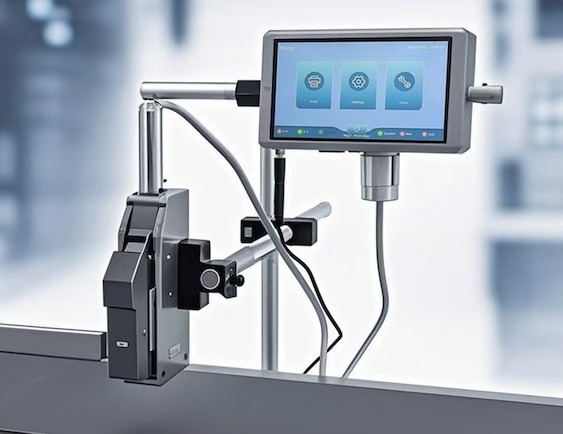What Machine is Used to Print on Paper Bags? Key Equipment for Custom Packaging
Release time:2025-05-05 Classification:Knowledge
When producing custom paper bags, selecting the right printing equipment is critical to achieving vibrant designs, durability, and cost efficiency. Below, we explore the primary machines used for printing on paper bags, their functionalities, and how they align with different production needs.

1. Flexographic Printing Presses
Flexographic (flexo) printers are widely used for high-volume paper bag production. These machines employ flexible relief plates and fast-drying water-based or UV inks, making them ideal for printing simple to moderately complex designs. Flexo presses excel in speed and consistency, ensuring efficient runs for large orders. They are also eco-friendly, as many modern systems use sustainable inks.
2. Digital Printing Machines
Digital printers are perfect for short runs or highly customized designs. Using advanced inkjet or laser technology, these machines transfer digital artwork directly onto paper bags without requiring physical plates. This eliminates setup costs and allows for variable data printing, such as unique serial numbers or personalized graphics. Digital printing delivers sharp, high-resolution outputs and supports rapid prototyping.
3. Offset Printing Presses
Offset printers are ideal for intricate, multicolor designs requiring precise color matching. This indirect printing method transfers ink from plates to a rubber blanket before applying it to the paper bag surface. Offset systems produce exceptional image quality and are compatible with coated or uncoated paper stocks. However, they typically require post-printing processes like lamination for added durability.
4. Screen Printing Equipment
Screen printing is a versatile option for bold, opaque designs or specialty finishes like metallic inks. This method uses stencils (screens) to push ink onto the bag’s surface layer by layer. While slower than flexo or digital printing, screen printing is cost-effective for small batches and achieves a tactile, textured finish.
5. Rotogravure Presses
Rotogravure machines use engraved cylinders to transfer ink onto paper bags, delivering rich, consistent color saturation. This method is favored for premium packaging due to its ability to reproduce detailed graphics and gradients. However, the high setup costs make it more suitable for long-term, large-scale projects.
Choosing the Right Machine
The optimal equipment depends on factors like:
- Order Volume: Flexo or rotogravure for bulk orders; digital or screen printing for smaller batches.
- Design Complexity: Offset or digital for intricate artwork; flexo for simpler patterns.
- Budget: Consider upfront costs (e.g., plate engraving) versus per-unit expenses.
- Sustainability Goals: Prioritize machines using eco-friendly inks or energy-efficient technologies.
Understanding the capabilities of paper bag printing machines ensures businesses select equipment that balances quality, efficiency, and budget. Whether prioritizing speed, customization, or premium finishes, modern printing technologies offer tailored solutions for diverse packaging requirements. By aligning machine choice with project specifics, manufacturers can achieve standout results that enhance brand appeal and functionality.






